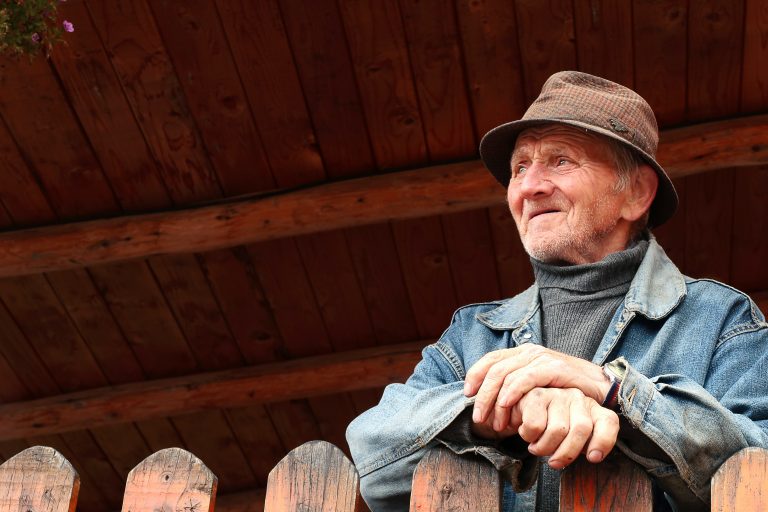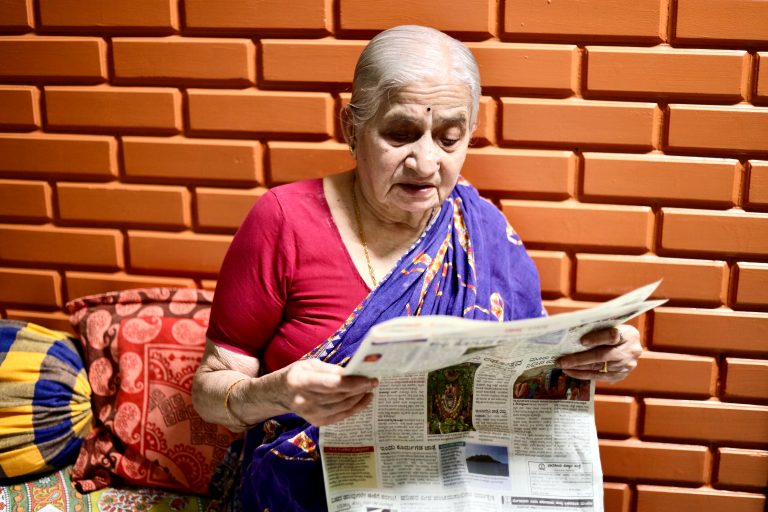Elder Abuse: A Psychosocial Perspective
Elder abuse has grave and long-lasting consequences for the victim and can result in premature mortality.

December 20, 2022
According to the well-known Sanskrit phrase, “Matru deva bhava, Pitru deva bhava”, we must consider our mother and father as God. We like to believe that in India we have a culture of respecting elders. But the Longitudinal Aging Survey of India reveals otherwise. According to this survey, one in twenty elderly people reported that they had been abused.
But what constitutes elder abuse? In 2016 the World Health Organisation defined elder abuse as “a single or a repeated act or lack of appropriate action which causes harm or distress to an older person.” In India, some of the commonly identified forms of elder mistreatment include physical abuse, emotional abuse, sexual abuse, financial abuse, neglect, abandonment, intimidation, confinement at home, and domestic abuse of older women.
What can we do to identify elder abuse?
Well, usually there are certain signs. Physical signs can include some obvious, telltale bruises or burns, fractures, malnutrition or dehydration, unclean appearance or smell. There could also be some behavioural changes such as becoming withdrawn or unusually quiet, refusing care from caregivers, and not wanting to see visitors. However, it is important that we do not jump to any conclusions upon the detection of these signs, as they may be due to other factors related to age.
Hence, any hunches need to be verified by an expert such as a medical professional. Experts usually use a multifaceted approach for detecting elder abuse, including psychometric and physical assessment, in addition to interviews with the older person, their family members, caregivers, social workers and any other concerned entity.
What is the Impact of Elder Abuse?
Elder abuse has grave and long-lasting consequences for the victim. It can result in premature morbidity and/or mortality. It can reduce their quality of life, and can result in mental illnesses such as post-traumatic stress disorder, depression, anxiety and sleep disturbances, to name a few.
What Causes Elder Abuse to Prevail?
Currently, researchers are trying to understand the various factors that lead to elder abuse. Some of these include unemployment, poverty, unhealthy family dynamics characterised by cycles of abuse, caregiver stress and insufficient community support and resources.
More recently, scholars are also talking about ageism in the context of elder abuse. Phelan in 2008 defined ageism as the “stereotyping and discrimination of older people because of age with a distinct valuing of younger age groups.” It is manifested in our views of older people as an economic and health burden. Ageism reduces the opportunity for economic and social participation for the elderly and can lead to the marginalisation of the older population.
So, what can we do to address elder abuse?
Social and behavioural research tells us that we need more data and more awareness regarding this issue, particularly to make older people informed about the true state of affairs. They also need to be made aware of their rights and the legal provisions regarding elder abuse. Besides, we need senior citizen cells in every district, elder helplines, police vigilance, emergency shelters, minimum standards of care at the old age institutions, monetary management programs for older persons, bank inquiry if a large amount of money has been withdrawn or transferred from the account of an older person, and training of grassroot level healthcare providers to identify elder abuse.
Since many older persons may hesitate to go to a camp that is designated for elder abuse, or their health may not permit them to, it is better to integrate elder abuse related programs in general health camps and in media programs targeted towards the older audience. There must be mass publicity of services for victims of elder abuse, and these services should be anonymous and confidential.

Physicians, nurses, psychologists and social and geriatric workers should be involved in these services. Most importantly there should be an active involvement of the older person in the intervention process. Apart from this, the media portrayal of old age and older persons should not be along ageist lines, as that aggravates the negative perception that viewers may hold.
Lastly, as a society we have a responsibility to ensure fair and humane treatment of older persons. We must treat them the way we want to be treated when we grow old!
Author bio: Shilpa Bandyopadhyay is a lecturer at Jindal Institute of Behavioural Sciences
